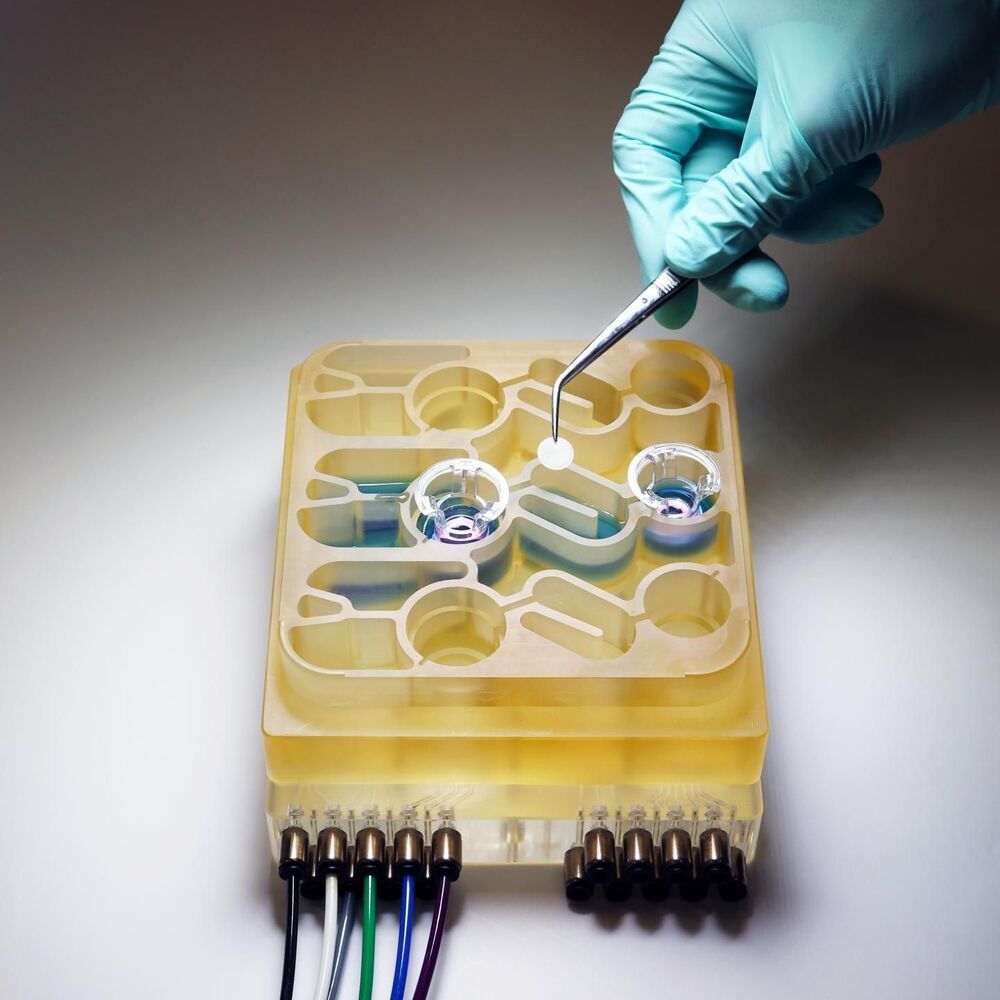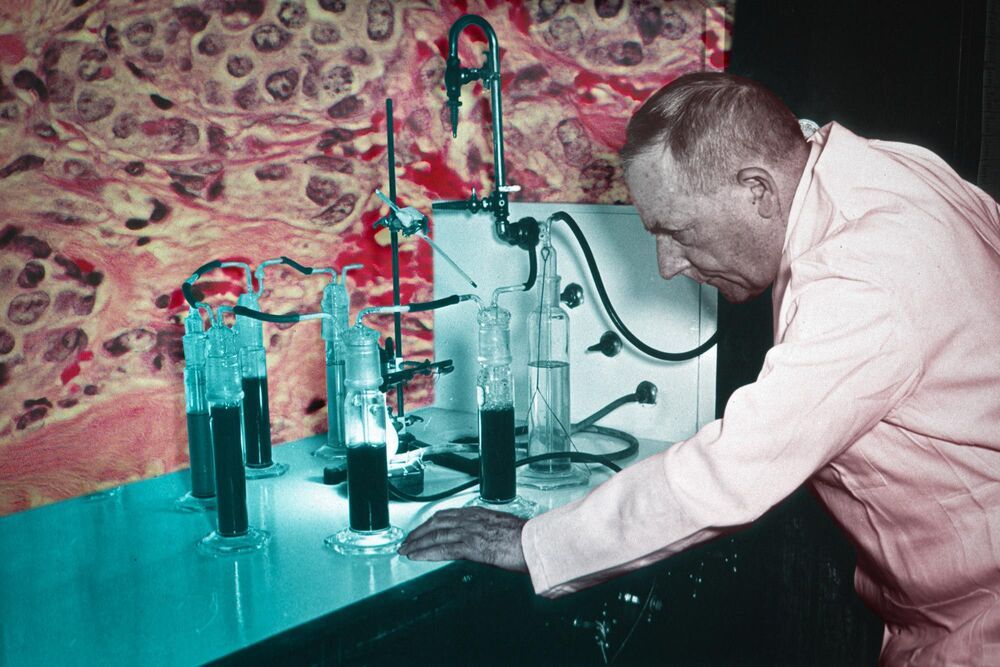Feb 2, 2021
DeepMind’s AlphaFold Is Close to Solving One of Biology’s Greatest Challenges
Posted by Kelvin Dafiaghor in categories: biological, education, mapping, robotics/AI
OEC promoting STEM education in Africa.
If we know a protein’s structure, we can make educated guesses about its function. And by mapping thousands of protein structures, we can begin to decipher the biology of life.
Continue reading “DeepMind’s AlphaFold Is Close to Solving One of Biology’s Greatest Challenges” »


















